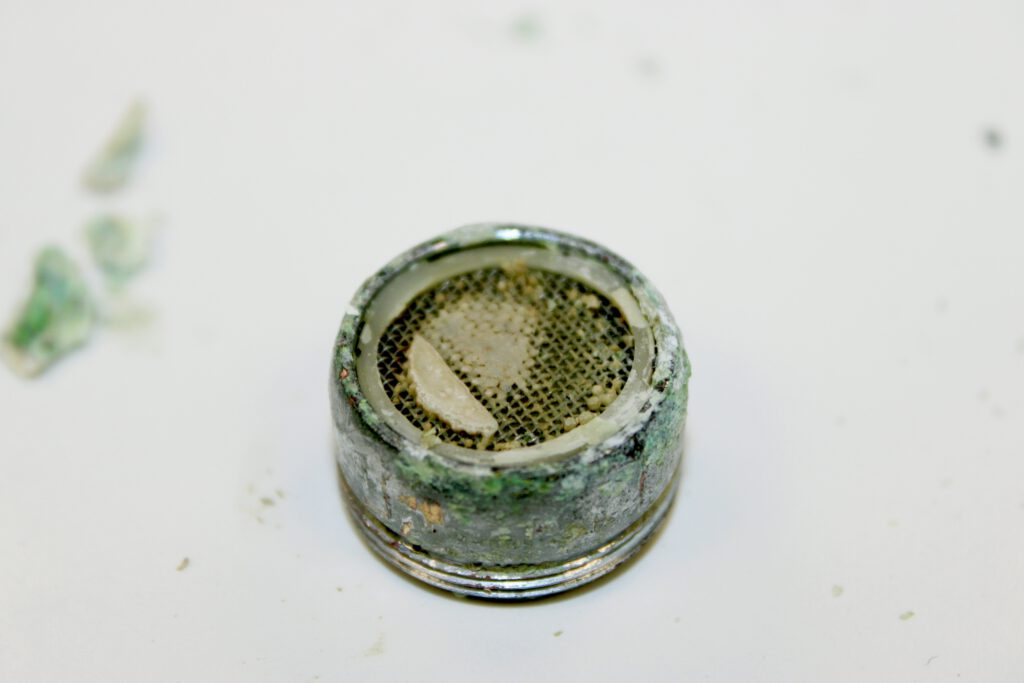While aerators may appear inconspicuous in the larger context of water system maintenance, their impact on water efficiency, quality, and cost savings cannot be underestimated. Regularly attending to the cleaning and replacement of aerators should be an integral part of your household or business maintenance routine.
Aerators can also pose a threat in terms of Legionella contamination due to their design and the conditions they create. Legionella bacteria are known to thrive in warm water environments, particularly in water systems where the temperature ranges between 77°F to 108°F (25°C to 42°C). While the risk of Legionella growth in aerators is not as high as in larger and more complex water systems like cooling towers or hot tubs, there are still factors that contribute to the potential threat:
Stagnation: Aerators create a space where water can become stagnant, especially in areas where water flow is infrequent. Stagnant water provides an ideal environment for Legionella bacteria to proliferate.
Biofilm Formation: Biofilm, which is a slimy layer of microorganisms that can develop on surfaces in contact with water, can form inside aerators. Biofilms offer protection and nutrients to Legionella bacteria, facilitating their growth.
Microdroplet Generation: Aerators produce small water droplets as water is forced through their fine mesh or perforations. These microdroplets can become aerosolized and dispersed into the air when the faucet is turned on, potentially carrying any Legionella bacteria present in the water. If these aerosolized droplets are inhaled, they can lead to respiratory infections like Legionnaires’ disease, especially in susceptible individuals.
Temperature Range: While Legionella bacteria are more likely to thrive in water temperatures around 77°F to 108°F (25°C to 42°C), they can still survive and multiply in a broader temperature range. If the water in an aerator falls within this temperature range, it could support Legionella growth.
It’s important to note that while aerators can provide a conducive environment for Legionella, the risk is generally lower compared to larger water systems with warm water conditions. However, given the potential risk, it’s advisable to take preventive measures, especially in healthcare facilities, hospitality establishments, and other places where susceptible populations might be exposed to aerosolized water droplets.
Regular cleaning and maintenance of aerators can help minimize the risk of Legionella growth. Additionally, in environments where Legionella contamination is a concern, implementing water management plans, monitoring water temperatures, and considering alternative faucet designs that reduce aerosolization can further mitigate the potential threat.




